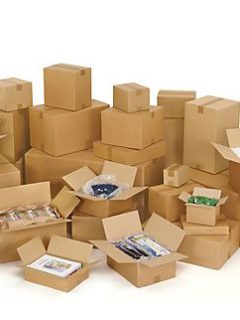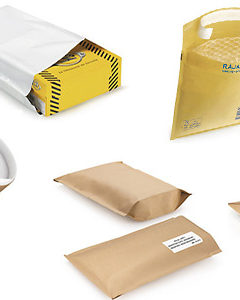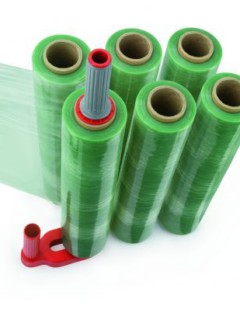When packing items in cardboard and other boxes, it is essential to use a filling material that provides protection against mechanical damage. There are several types, which vary in price, size and characteristics. What are their pros and cons and what are the criteria to choose?
What to look for when choosing?
- Price of the filling material – depending on the type, the price also varies and the differences can be large.
- Weight, fragility and shape of the item – the more fragile the item is, the better the quality of the filler material must be.
- Recyclability.
- Shapeability and softness.
- Storage size (some materials take up no space, others are harder to store).
What are the types of filling materials?
Various filling materials are used to ensure that the goods shipped in the carton arrive safely, such as air-filled film, polystyrene, cardboard staple and many others. They vary in price and size, so it is necessary to choose the right material for the specific type of goods.
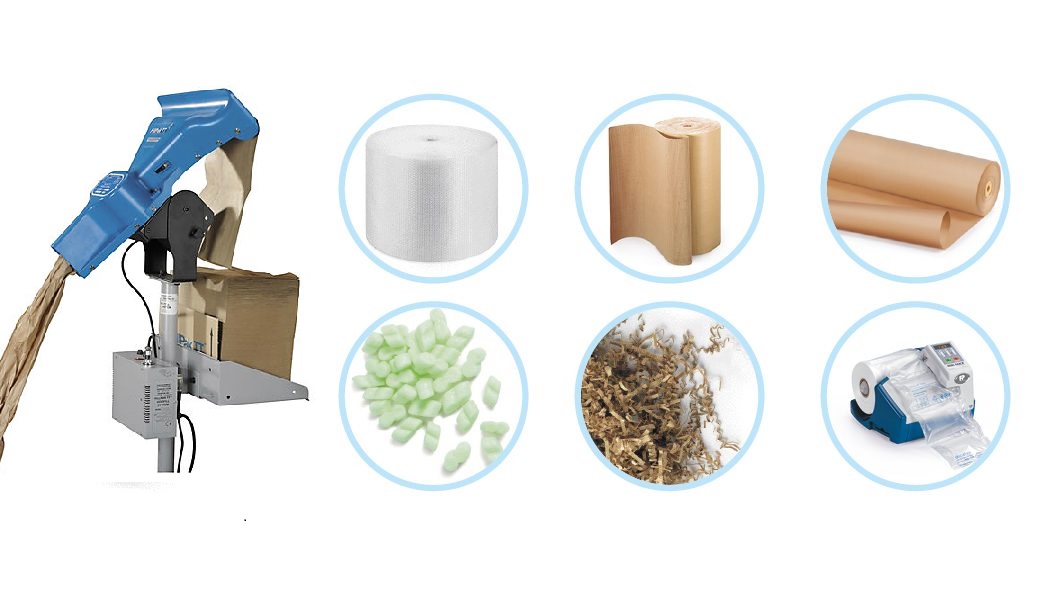
1. Bubble wrap
- High level of protection, also suitable for fragile items (e.g. porcelain).
- Easy to shape. Incredibly flexible.
- Very versatile.
- Higher price.
It’s definitely worth investing in bubble wrap if you’re shipping glass, porcelain or other fragile goods. You can even choose ones that are 100% recyclable. Bubble wrap is available with small or large bubbles. Very practical are the bubble films in a dispensing box, which can be easily and neatly separated without using a cutter.
2. Paper filling
- Environmentally friendly and easily recyclable.
- Provides good shock absorption.
- Easy to work with.
- A cheaper solution.
- Not suitable for very fragile objects.
You can choose, for example, squeeze fixing paper, which will save you money, plus it is environmentally friendly and 100% recyclable. Paper filling is more suitable for less fragile items that are not at high risk of damage.
3. Foam balls
- Lightweight.
- They absorb shock well and keep items in one place.
- They take up a lot of space in stock.
- Higher cost.
But there is a solution here too – the filling material Flo-pak natural is environmentally friendly and very durable (it is made of starch). The individual granules fit well together to form a very functional protection. In addition, the price of this material is also more favourable.
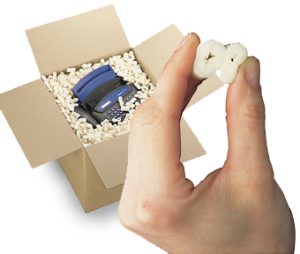
4. Air pads
- Lightweight and good shock absorption.
- They do not take up much space before inflating. However, they need to be inflated before use, for which you need an inflating device.
- Well recyclable.
- This solution is not very effective for heavy objects.
- Higher cost.
You can save time with airbag air cushions, which are already filled with air but require more space for storage.
How to decide?
Bubble wrap or Flo-pak provide the best protection. For packing less susceptible goods, paper padding will suffice. If you need to save on the weight of the box, then choose air pads, which weigh virtually nothing.
Generally, there needs to be enough padding in a cardboard or cardboard box to hold the product in place and provide sufficient protection against impact.











